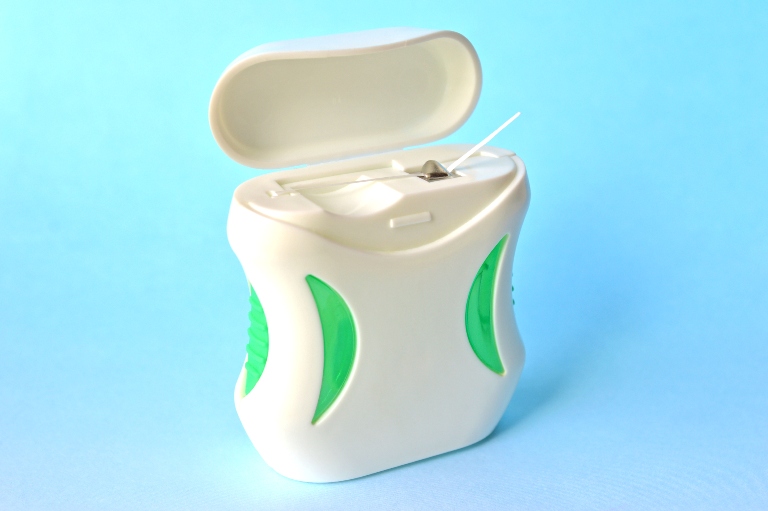A few years back, I remember reading an article about how the majority of adults would rather stand in a long line-up at a store or bank than floss their teeth.

Shocked? Maybe not. Most dental professionals will tell you that the struggle is real. We hear it all the time – how painful it is or too time consuming. But the consequences of not flossing your teeth are also real. You are more likely to develop a cavity or have gum disease. Gum disease makes your gums red or puffy and it can often make your gums bleed when you brush them. There is also a link between gum disease and other diseases like diabetes and heart disease.

Our goal as dental professionals is to see healthy pink gums. It should be your goal too! To make this happen, brush your teeth at least twice a day for 2 minutes and floss at least once every 24 hours.
Unsure of how to floss your teeth? Here are some quick tips from the Canadian Dental Association:
- Take a length of floss about as long as the distance from your hand to your shoulder.
- Wrap it around your index and middle fingers and leave about two inches between your hands.
- Slide the floss between your teeth and wrap it into a “C” shape around the base of the tooth and gently under the gum line.
- Wipe the tooth from base to tip two or three times.

Did you know? It’s actually better to brush your teeth after you floss! It’s the best way to prevent tooth decay and gum disease.
So remember: that little piece of string can make a big difference to your overall health.
